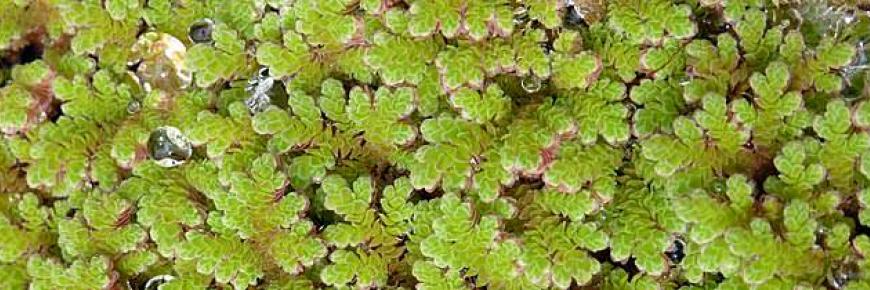Hunting down Himalayan balsam
 Himalayan balsam is a highly attractive annual plant introduced to the UK in the early 1800’s as an ornamental park species. As with many invasive non-native plants, Himalayan balsam quickly escaped and established populations throughout the UK and further into Europe.
Himalayan balsam is a highly attractive annual plant introduced to the UK in the early 1800’s as an ornamental park species. As with many invasive non-native plants, Himalayan balsam quickly escaped and established populations throughout the UK and further into Europe.
Although this pretty pink-flowered plant looks seemingly harmless, its presence in Europe has caused some significant problems:
1. Competitive Exclusion: Himalayan balsam is capable of growing up to 3 metres tall, out-shading our native vegetation dominating large areas of habitat with a thick dense standof bright pink flowers.
2. Bank Erosion: Himalayan balsam has an extremely shallow root system. When the plant dies back in the winter, there is little left holding our river banks together, leaving them vulnerable to erosion.
3. Pollinator Preference: Himalayan balsam produces more nectar than any of our native European plants, making it highly attractive to bees and other insects. This preference towards pollinating this invasive plant could result in a lower diversity of our native flora as it is increasingly overlooked by our native insects.
So don’t judge this pretty plant by its pink cover.
What’s being done?
It is now illegal to deliberately plant or allow the spread of Himalayan balsam into the wild. Unfortunately the species has already established extensive networks of populations along rivers, facilitating its own spread. By popping its seed capsules into nearby water, over 800 seeds can rapidly spread downstream, taking over long stretches of the bank. Therefore the control of this species along rivers is a top priority.
RINSE to the Rescue!
Within Norfolk, the spread of invasive plants throughout the Broads is an increasing concern. To help track down the plant RINSE has organised a survey of the River Bure, which will involve volunteers walking and boating the entire length of the river and recording any sightings of invasive plants, focussing on Himalayan balsam. The data from this survey will help highlight ‘hotspots’ of this invasive plant and allow us to target our control efforts to prevent the spread of the species further down stream.
Last week we met our team of 20 volunteers and even made special RINSE cupcakes to show our appreciation:

These volunteers will walk small sections of the Bure and use our Smartphone app ‘That’s Invasive!’ to record their Himalayan balsam sightings!
Although this survey has been organised by us, anyone check their local river banks for Himalayan balsam and let us know using 'That's Invasive!' - the RINSE smartphone App.
References
http://www.cornwall.gov.uk/Default.aspx?page=13835
http://www.environment-agency.gov.uk/homeandleisure/wildlife/31350.aspx
Photo Credits: Himalayan Balsam (GBNNSS), cupcakes (RINSE)

